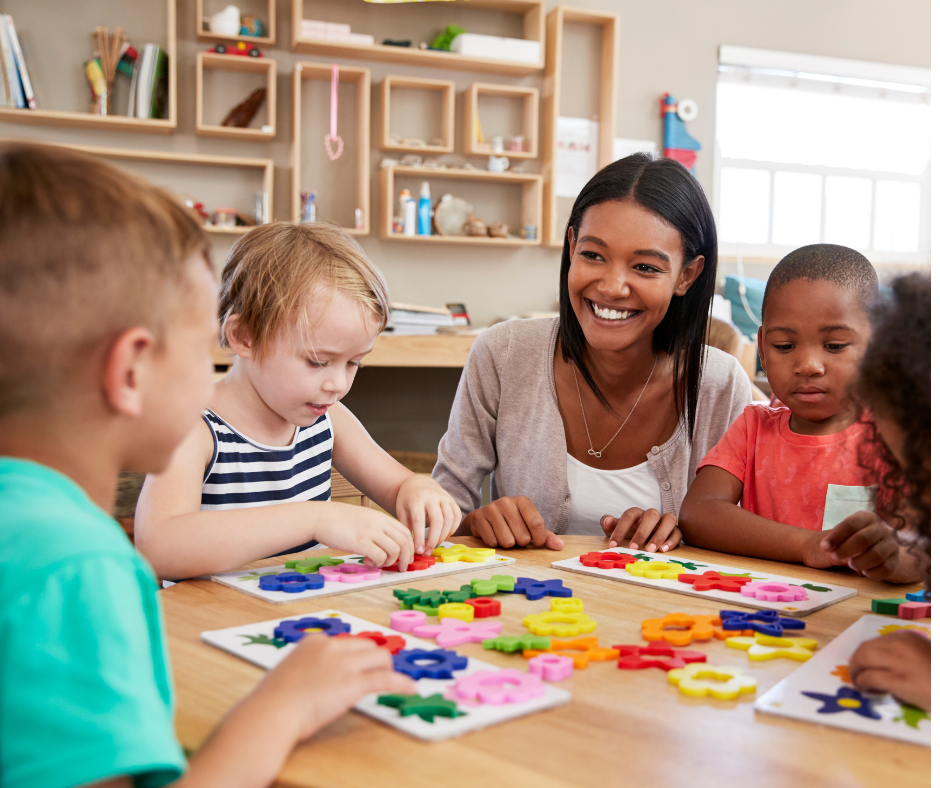
Back to School Activities for a Successful Classroom and School Community
At Walkabouts, we want each school year to be a success from the very start. As summer winds down, now is the time to prepare for the beginning of the new school year.
From selecting school supplies to picking outfits for the first day back, there is a lot of excitement surrounding the start of a new school year for students. However, many students (and teachers!) may feel anxious about returning to school for a variety of reasons. Excited, eager, or nervous, it’s typical for everyone to have some butterflies.
Teachers know their students will experience complex emotions at the start of the school year. As teachers get their classrooms ready and lessons planned, they will also consider how to start the year on a positive note. An important aspect of a supportive school culture is to ensure that social and emotional learning (SEL) is happening right away.
CASEL FRAMEWORK
Students feel safe and welcome in classrooms that build opportunities for social and emotional learning along with academic content. The Collaborative for Academic, Social, and Emotional Learning (CASEL) “is helping make social and emotional learning an integral part of education from preschool through high school.” Incorporating SEL in elementary education programs helps to establish a solid foundation for the future through introducing and building on CASEL’s five core competencies.
- SELF-AWARENESS: Students can recognize emotions, strengths, challenges, and levels of confidence.
- SELF-MANAGEMENT: Students can manage emotions from physical and mental impulse control to self-discipline and motivation.
- SOCIAL AWARENESS: Students can understand differing perspectives and empathize with others through equitable practices, respect, and including those of diverse backgrounds.
- RELATIONSHIP SKILLS: Students can establish and maintain appropriate and supporting relationships while being social with others and using active listening skills.
- RESPONSIBLE DECISION-MAKING: Students can make appropriate choices and interactions with the capacity to identify problems, appropriately problem solve, and reflect.
Both in and out of school, children face many challenges, so SEL has become even more crucial in academic settings. Teachers already practice SEL when they make sure that their students feel seen, heard, and valued in the classroom. However, teachers shouldn’t be the only ones focused on SEL. Students should be regularly and independently practicing the SEL strategies they’ve learned in the classroom. Consider these four activities to welcome students to class this year.
INTRODUCTION LETTER: GETTING TO KNOW YOU
To promote getting acquainted, teachers can send a brief letter, postcard, or email to introduce themselves to students and their families before the school year starts. Although this may sound like a time-consuming task, teachers can create a short template and personalize it with each individual student’s name. In addition to sharing background information about their career and history with the school, teachers might want to include some of their favorite things such as foods, animals, indoor activities, outdoor activities, and books they enjoyed when they were their students’ age. When school begins, teachers can ask students to share some of their favorite things as well. This will encourage open lines of communication and allow everyone to learn a bit more about each other.
FOCUSED FIRST DAYS: BUILDING CLASSROOM COMMUNITY
Summer and pandemic learning loss has been a notable topic of conversation for the past couple of years, and teachers may feel they need to focus on academic learning right away. However, relationship building should also be an initial focus. To build positive classroom relationships, consider dedicating the first few days or even a week to community building. Review important concepts from the previous year with collaborative classroom projects, include ice breakers, and focus on fun and movement-filled activities to help students get to know each other and encourage teamwork during the coming year. With a great SEL foundation established through these activities, significant academic achievement is sure to follow.
MEETING SUPPORT PARTNERS: BUILDING SCHOOL RELATIONSHIPS
Schedule time during the first couple of weeks for students to visit support partners throughout your school. Students will appreciate the opportunity to meet administration, cafeteria staff, maintenance staff, school nurses, secretaries, and specials teachers to learn more about their roles at the school and where they’re located within the building. Meeting support partners and understanding what they do helps to build a collaborative school community.
GROUNDING WITH THE FIVE SENSES: EXERCISING SELF-CONTROL
Grounding with the five senses is a self-regulation technique that helps calm both bodies and minds and allows everyone to feel more centered. This activity helps students build self-control and teaches students a strategy to calm themselves when negative emotions start to overwhelm them.
5-4-3-2-1 Method
5. Count to 5 slowly while noticing 5 things you can see.
4. Count to 4 slowly while touching 4 things close to you.
3. Count to 3 slowly while listening for 3 sounds around you.
2. Count to 2 slowly while being aware of 2 things you can smell.
1. Count to 1 slowly while thinking of 1 thing you can taste.
After students are introduced to the process within a classroom setting, they should be comfortable doing the activity on their own (at school or elsewhere) when needed. Introducing this exercise at an early age can help children develop positive and healthy habits they can build upon throughout their lives.
For more SEL techniques to incorporate in the classroom, read our blog post Touchpoints During Teaching.
Walkabouts integrate movement into standards-based lessons to support students’ physical health while they learn. Continue to support academics, movement, and SEL for students throughout the entire school year with the Walkabout subscription that’s right for you, your students, and your school.





